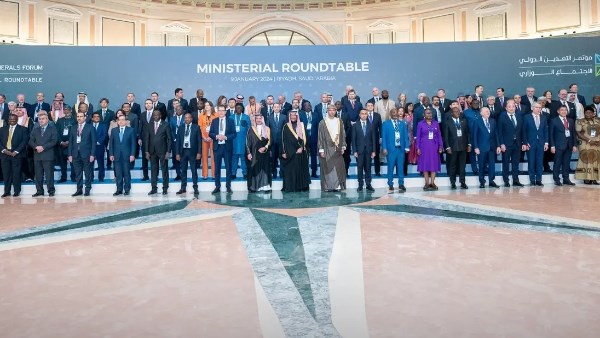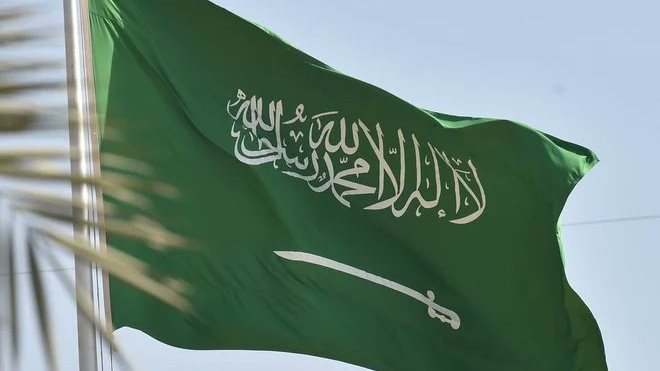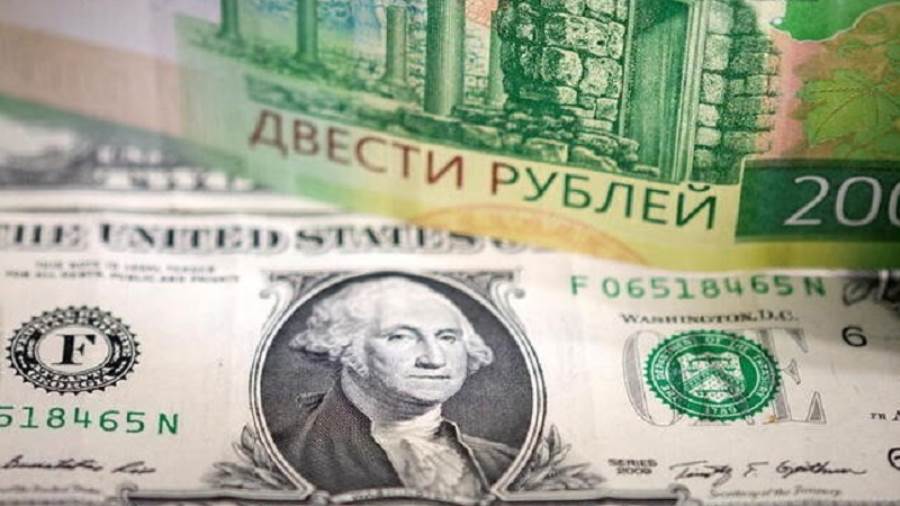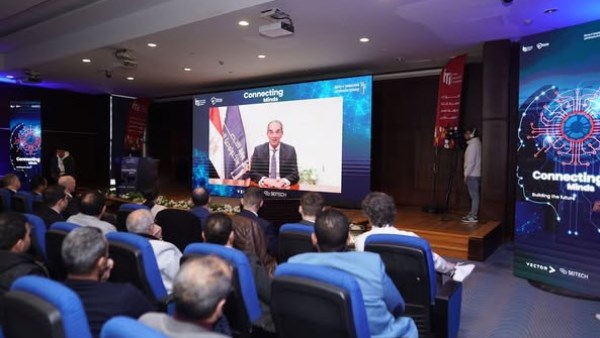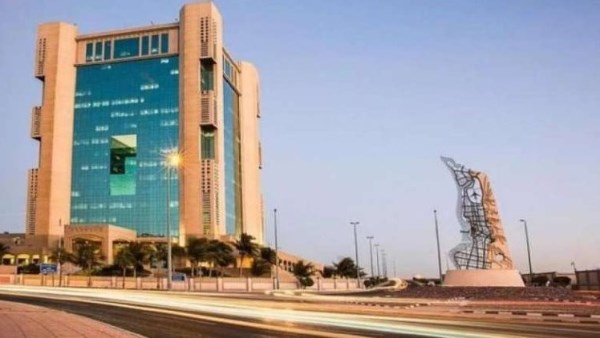Europe is set to deepen its reliance on LNG
European Gas Gains as Norway Outage Adds to Loss of Russian Flow

European gas gained on the first trading day of the year as the loss of a key supply route coincided with freezing temperatures across the north of the region and an unplanned disruption in Norway.
Benchmark prices rose to the highest since October 2023 on Thursday. Russian gas deliveries across Ukraine halted on New Year’s Day after a transit contract between the two warring nations expired, with no alternative in place.
In addition, Norway’s Hammerfest liquefied natural gas plant halted operations until Jan. 9 due to a compressor failure, network operator Gassco AS said.
While traders had been expecting the loss of Russian flows — an important source of supply for several central European countries — a squeeze in supply this week may trigger quicker withdrawals from storage sites that act as a buffer. Inventories across the continent are already falling at the fastest pace since 2021, when the gas crisis was just starting to brew.
Equinor ASA, operator of the Hammerfest plant, didn’t immediately respond to questions on the unplanned outage. A vessel was due to arrive at Hammerfest later this week, after another one departed Wednesday toward Lithuania, ship-tracking data on Bloomberg show.
The outage comes just as Europe is set to deepen its reliance on LNG to replace the shortfall left by the end of Russian gas flows via Ukraine. Any disruptions at global LNG export plants may make prices volatile.
No threat tot security
The latest events coincide with sub-zero temperatures in some countries, which will drive up heating demand. In Slovakia, one of the nations worst hit by the cutoff in Russian gas supply via Ukraine, the mercury may sink as low as minus 7C (19F) by mid-January.
Still, the European Commission said there’s no threat to security of supply in central and eastern Europe.
“Thanks to efficient preparatory work and coordination in the region and beyond, there are no security of supply concerns,” the European Union’s executive arm said on its website. “Gas supplies have been secured via alternative routes (Germany, Italy) and through withdrawals from storage.”
While Europe is unlikely to run out of gas this winter, thanks to inventories and deliveries from other suppliers, traders may find it harder to refill storage for the next heating season. Gas prices for next summer recently surged above those for winter 2025-26, which will make it more costly to restock.
“There is an increasing risk that the EU will exit the winter with low gas storage levels, making it expensive to replenish them,” said Arne Lohmann Rasmussen, chief analyst at Global Risk Management in Copenhagen.
Russian piped flows to Europe now only have one route: a conduit crossing Turkey that sends the fuel to Hungary. Deliveries on that link will be closely monitored.
Most central European customers of Russia’s Gazprom PJSC have managed to source alternative supplies. Austria is receiving more gas via Germany and Italy, according to a report from Austria Gas Grid Management.
Europe will also likely deepen its reliance on LNG, including from Russia. The country shipped record volumes of LNG to the region last year, making it the largest supplier after the US, which has recently started up two new export plants.
Still, for landlocked nations in central and eastern Europe, the cost of seaborne delivery to Germany, Poland or Greece, subsequent regasification and onward transit makes LNG an expensive option. Slovakia has estimated that gas imports from the west would result in additional costs of €177 million ($183 million).
“Gas markets in Europe are in no way short,” but transporting the fuel from west to east is “somewhat constrained, so that this will result in a markup for the region,” said Walter Boltz, a former Austrian regulator who’s now a senior energy adviser at Baker & Mckenzie LLP.
Europe as a whole will need to compete harder for LNG this year, especially in the summer when energy demand for air conditioning soars in Asia. While several new LNG plants are under construction worldwide, meaningful capacity additions won’t be ready for another couple of years.
For Europeans, that means higher energy bills for longer, with wholesale prices for 2025 seen exceeding average rates last year.
Benchmark gas for February delivery in the Netherlands climbed as much as 4.3%, and was 3.5% higher at €50.60 a megawatt-hour as of 3:41 p.m. in Amsterdam. Futures topped €50 on Dec. 31 in anticipation of the halt in flows.












